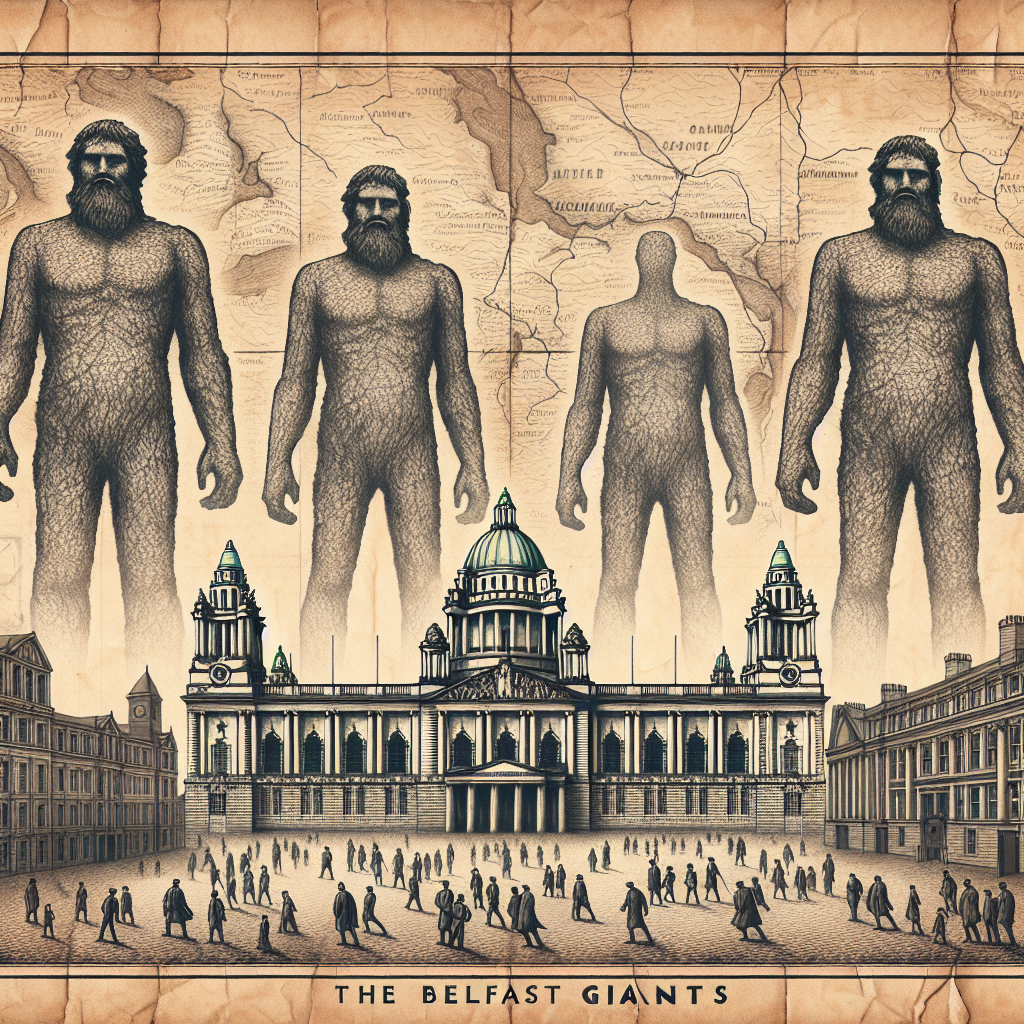Standing tall in the heart of Belfast, a collection of stunning architectural achievements stretches towards the clouds, telling tales of ambition and progress. Who would've thought Belfast would be a city reaching for the skies like this? Not too long ago, it felt like towering heights were reserved for cities like New York or Dubai, yet here we are, celebrating our very own forest of giants. These structures are a testament to the modern face of Northern Ireland, melding history with contemporary design and echoing a future that is diverse and inclusive.
The Obel Tower wears the crown as the tallest building in Belfast, reaching a height of 85 meters. Completed in 2010, it has gracefully altered the city skyline. Behind its gleaming surface lie residential apartments, offering one of the best views in town. Critics have voiced opinions on whether such modern high-rises fit within the historical fabric of Belfast, but many residents argue that the aesthetic blend paints a picture of a city that's continuously evolving.
Another striking feature in the lineup is the Grand Central Hotel. Similar in height, it rises to 80 meters and houses 23 floors. Opened in 2018, it's nestled in the Linen Quarter, an area steeped in history with a touch of urban revitalization. The Grand Central tells a story of luxury and elegance, with guests often finding themselves enchanted by its contemporary but classic charm.
Then, there's the Victoria Square Dome, not a skyscraper but nonetheless a celebrated structure, dominating the Belfast skyline in its unique way. It's a 35-meter feat of engineering, constructed atop a shopping center, serving as a panoramic viewing gallery. Despite debates about commercialism overshadowing cultural spaces, locals and tourists alike appreciate the mix of retail with recreation, pointing out how it energizes the city center.
The Belfast Harbour Office is another historical treasure, partly overshadowed by new giants but certainly not forgotten. It's the perfect reminder of the days when Belfast was a major shipbuilding hub, including crafting the ill-fated Titanic. Though it's not one of the tallest, its presence looms large in the history books, anchoring the past to the present.
We can't forget the Ewart Building, a mix of old-school charm and modern functionality. It's getting a fresh makeover, with plans departing slightly from glass-and-steel giants, offering instead a glimpse into the potential for heritage buildings to adapt and thrive. This structure embodies compromise—preserving history while meeting today’s needs, a concept that resonates with many in Belfast who wish to see new projects complement existing lanes and blocks.
Some say towering buildings might obstruct the view of iconic landmarks or conflict with the city’s essence, but others argue for innovation and attraction. These buildings draw in investments and people, providing opportunities and revitalizing the local economy. They have the potential to become landmarks in their own right, tying new memories to Belfast and adding another layer to its narrative.
As cities worldwide shift towards sustainability, Belfast's tallest structures are no exception. The journey towards more eco-friendly construction and energy-efficient buildings seems inevitable, echoing Gen Z's value of sustainability. Tall buildings could play a significant role in reducing urban sprawl by concentrating living spaces, hopefully combined with green spaces to foster community life and personal well-being.
The debate on the balance between urban progress and preserving cultural heritage remains, often generating conversations not just about architecture or aesthetics but about symbols and story-telling. It's about carving a space where both memory and modernity can coexist without one overshadowing the other. These structures command a broader perspective, one that sees beyond bricks and mortar into a metropolis that reflects its inclusive and diverse citizens.
Belfast's skyline is emblematic of dreams soaring and spirits undeterred. Cities must grow and adapt, pushing us to reconsider how we relate to the spaces around us. As debates continue, one thing is clear: Belfast is rising, and with it, the possibilities are as endless as the sky.

